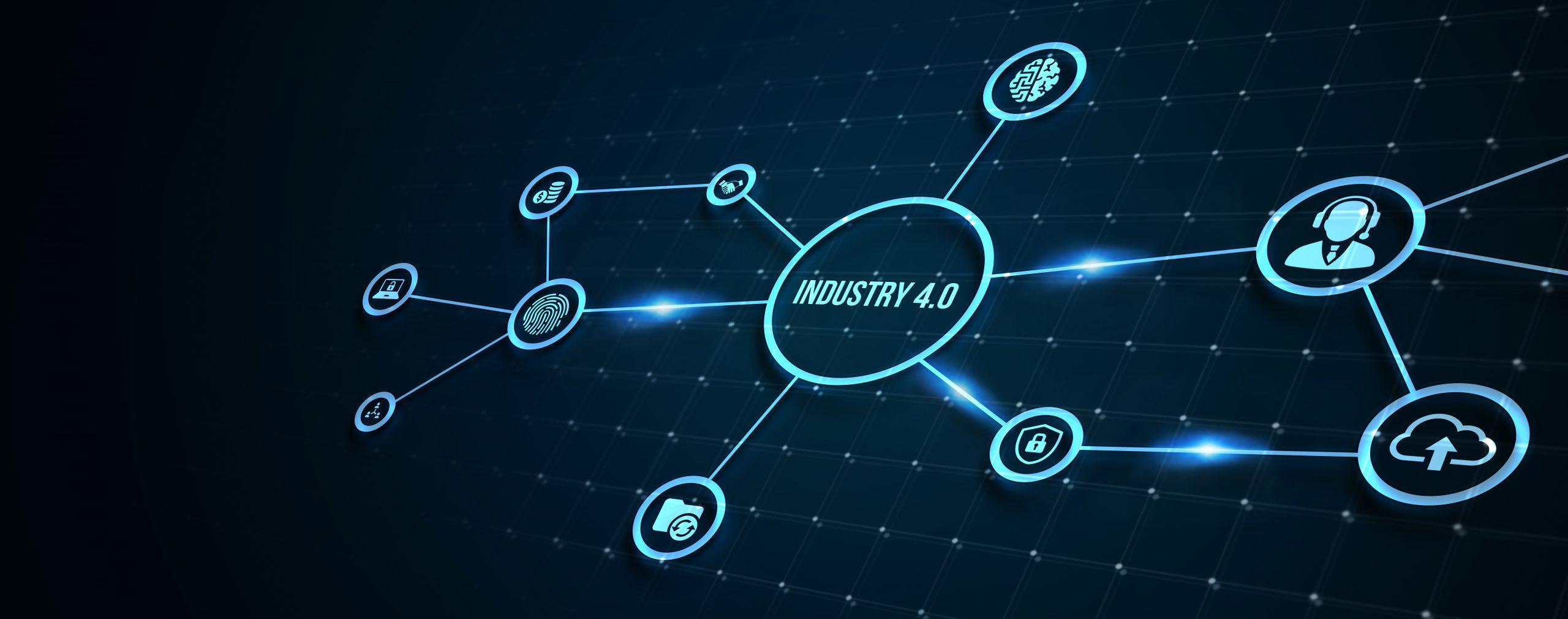
What is Industry 4.0?
In recent times we often hear about industry 4.0, but what is meant by this term? In essence, Industry 4.0 represents an evolution of industry that takes advantage of new advanced digital technologies such as the Internet of Things, Artificial Intelligence, advanced robotics and 3D printing to automate and optimize production processes.
This new industrial revolution, like all those of the past, brings with it major changes in the nature of work, industry and production, and society in general.
Indeed, on the one hand, there is concern that the advancement of technologies may lead to the reduction of the role of the human being and the loss of jobs. On the other hand, however, it is really the human being who is pushing this progress, being fascinated by new technologies and finding ways to improve the world.
To better understand the concept of industrial revolution, it is useful to take a step back and see how previous industrial revolutions changed the world. In essence, an industrial revolution represents a transformation of production and social structures brought about by the emergence of a new business mentality, new technologies and the need to respond to a growth in demand for manufactured goods or services.
The industrial revolutions of the past led to profound changes in society and the economy, from the birth of factories to the creation of new industries and the spread of wage labor. Industry 4.0 represents the fourth of these revolutions and promises to bring major changes for the future as well.
The second half of the seventeenth century was the scene of the first industrial revolution, driven by such discoveries as the steam engine and the flying spool for textile production, which brought significant changes to the industrial and manufacturing structure of the time.
In the mid-19th century, Europe saw a major innovative push in various industrial and economic sectors: the invention of the internal combustion engine that led to the development of the first automobiles and more efficient production machinery, and the discovery of electricity, from the light bulb to dynamos and the first electric factories.
Since the second half of the twentieth century there have been several innovations in the economic-industrial sphere,in such fields mechanical, the chemical, automation, etc.
Many of these improvements were in the areas of electronics, telematics, and information technology, leading to such milestones as the development of the first computers, cell phones, and the space race with the first moon landing.
Represented by continuous innovations, technologically and robotically.Protagonists within this revolution are AI, robotics, and other technologies that we will go into more detail below.
The fourth industrial revolution brings us to what is now called Industry 4.0, a new model of production and business management.
In this revolutionary scenario we see some technologies playing an important role that have changed the everyday of our lives:
- Internet of Things (IoT):Enables the connection and communication between physical objects, machines, sensors and devices, through the Internet; Thus enabling greater sharing and collection of and control over data.
- Artificial Intelligence (AI): discipline that enables the production of both hardware and software computer systems that enable the assumption and display of human-like performance, such as reasoning, learning, planning and creativity This enables the creation of predictive and intelligent production systems.
- Advanced Robotics: robots are devised and designed to perform highly repetitive and monotonous tasks, and are able to do certain jobs accurately and consistently.
- 3D printing:The printing of objects, via filaments of plastics, metals or even concrete, of parts, components, objects or constructions quickly and accurately, which helps reduce production time and costs.
- Augmented and virtual reality: the line between physical and virtual reality becomes increasingly thin: on the one hand we have the interaction between physical and virtual objects, allowing the addition of real-time information in a precise and timely manner in overlays, and on the other hand we have the immersion of a person in a fully digital environment where he or she can interact with other people through avatars and other digital objects. Part of these concepts is the metaverse, which has been making waves in the past year given the various investments from giants such as meta.
- Blockchain:Blockchain technology enables the creation of shared, secure and immutable digital ledgers that can be used to monitor and track the exchange of information in a supply chain such as a supply or production chain.
These technologies can be integrated and used together to create a highly automated and interconnected manufacturing system, known as a “smart factory“.

